BEIJING — China’s retail sales grew more than expected in July, while industrial production missed forecasts, the National Bureau of Statistics said Thursday.
Retail sales rose by 2.7% in July from a year ago, beating forecasts of 2.6% growth according to a Reuters poll.
Industrial production rose by 5.1%, below the poll’s forecast of 5.2%.
Fixed asset investment for the first seven months of the year rose by 3.6%, below the 3.9% growth analysts had predicted. Within fixed asset investment, the drag from real estate worsened, down by 10.2% on a year-to-date basis as of July, versus a drop of 10.1% as of June.
The infrastructure and manufacturing components also slowed their growth for the year as of July versus June.
The urban unemployment rate ticked higher to 5.2% in July versus 5% in June.
“Pains are caused while old growth drivers are replaced by new ones,” the statistics bureau said in an English-language version of the release. It noted an “adverse impact” from the external environment and insufficient domestic demand.
Statistics bureau spokesperson Liu Aihua said China’s real estate sector remains in a period of adjustment. She attributed the rise in the urban jobless rate in July to graduation season, while acknowledging pressure on employment overall.
The official urban unemployment rate for people ages 16 to 24 and not in school was 13.2% in June. Figures for July are expected in coming days.
Other data for July released in the last two weeks have indicated consumer demand remains sluggish.
China’s consumer prices rose by a more-than-expected 0.5% in July from a year ago, boosted by a surge in pork prices. When stripping out food and energy prices, the core CPI rose by 0.4%, down from 0.6% the prior month.
Trade data for July showed imports rose by a faster-than-expected 7.2% from a year ago, while export growth of 7% was below forecasts.
Second-quarter GDP grew by a disappointing 4.7% from a year ago.
However, Beijing has not significantly increased stimulus plans beyond an expanded trade-in and equipment upgrade policy.
At highly anticipated Third Plenum and Politburo policy meetings in July, Chinese authorities affirmed the country would work to achieve its annual growth target of around 5%. They also emphasized longer-term goals to develop advanced technology and other “new growth drivers.”
China’s economy faces challenges not only from the external environment but also from structural transformation — “pain that must be experienced in the process of pushing for high-quality development,” an official from the National Development and Reform Commission, China’s economic planning agency, told reporters earlier this month. That’s according to a CNBC translation of the Mandarin-language remarks.
This is a breaking news story. Please check back for updates.
Read the full article here


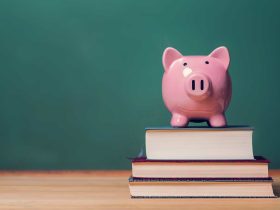
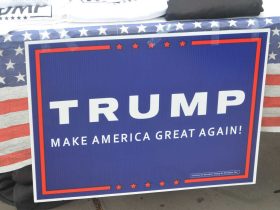

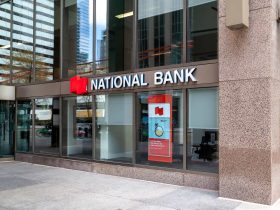



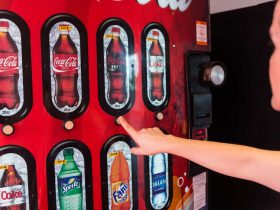

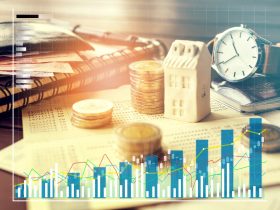
Leave a Reply